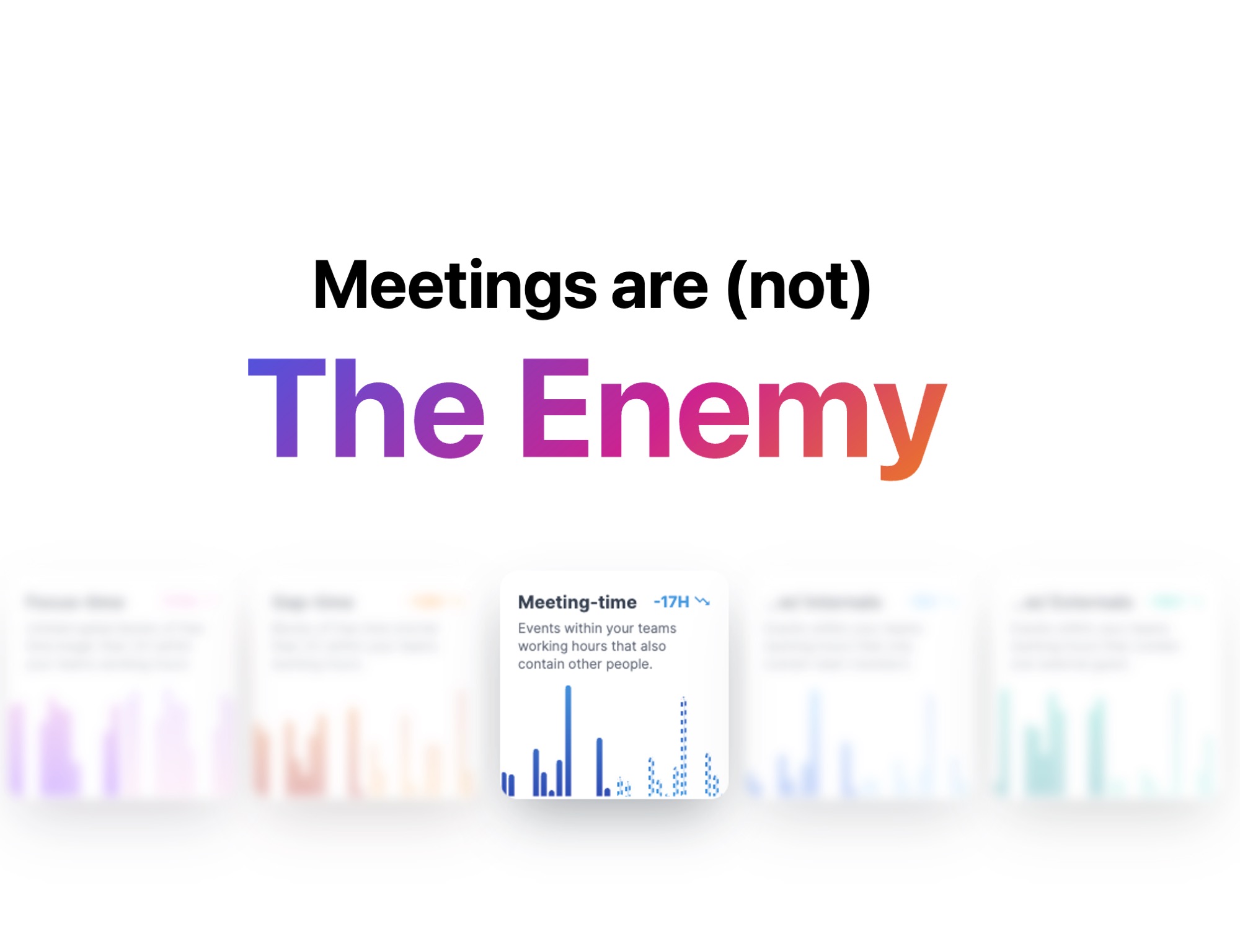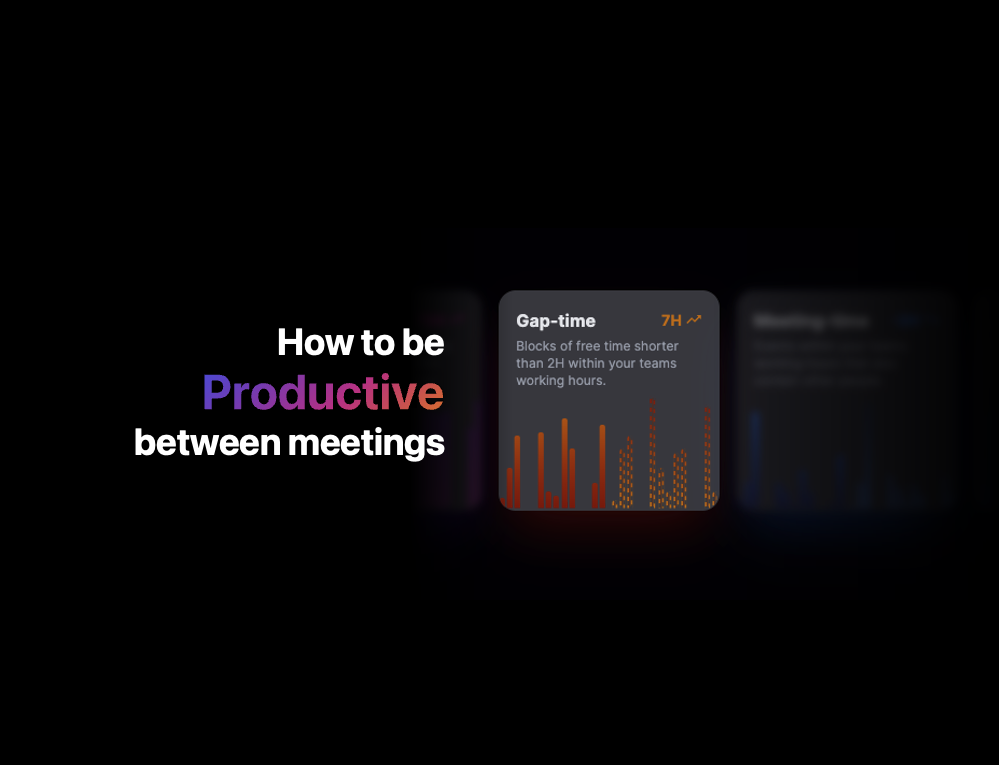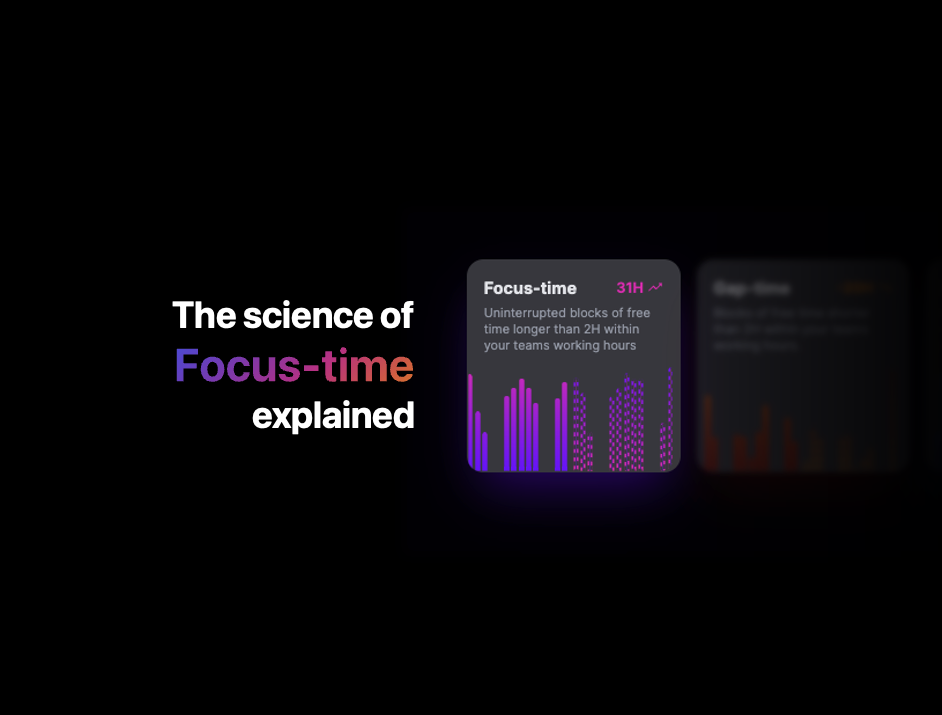5 signs you’re having effective one-on-one meetings
4 min read
This article is based on research from our Ultimate guide to one-on-one meetings.
How do you know you’re having really effective one-on-one meetings?
You’re setting aside time every week to meet with your employees, you’re using an agenda, you’re assigning next steps…but how do you know you’re having really meaningful conversations?
To learn more, we asked top managers at Buffer, Zapier, Ritual and other companies how they know when they’ve had a successful one-on-one.
Here are five signs you’re having effective one-on-one meetings with your employees:
1. You helped them get through a challenge or problem
This is a big one. In fact, according to our recent infographic, this is one of the top ways that managers know they’ve had an effective one-on-one meeting. Because after all, this is essentially the purpose of one-on-one meetings: to help your employees thrive in their roles.
 “For me personally, if someone tells me that I helped them get through a challenge, or helped them feel better about something that was bothering them, that’s successful,” says Kara McNair, former Engineering Manager at Buffer.
“For me personally, if someone tells me that I helped them get through a challenge, or helped them feel better about something that was bothering them, that’s successful,” says Kara McNair, former Engineering Manager at Buffer.
“If they don’t explicitly tell me, but they now have some tools or ideas that they feel would be useful, that’s successful . . . I just saw this on Twitter and it sums up my feelings better than anything I just said!”
2. You learned something new about them
Sometimes, a meaningful conversation is just about learning something new – whether it be a hobby you didn’t know your employee was into, a career goal they have, or an issue you didn’t realize they were facing.
This is how Matt Himel, head of BD and Partnerships at Drop Technologies, knows he’s had an effective one-on-one meeting: “If I helped to diffuse a situation that could have become a larger issue if it wasn’t addressed, or if I’ve learned more about a team member and the support they need from me to succeed,” he says.
We’ve said it before: as a manager, there’s a lot you don’t know. The iceberg of ignorance suggests that while employees are aware of 100% of the problems at a company, managers are only aware of 9% of them. That’s why learning new things in your one-on-one meetings is so important.
3. You nailed a difficult conversation
Difficult conversations are, well, difficult. Maybe you need to talk to an employee about their performance. Maybe you need to talk about workplace policies. No matter what, it’s a tricky conversation that many managers dread.
But for James Carr, Infrastructure Engineering Lead at Zapier, having these conversations is the sign of an effective one-on-one meeting:
“I see the most successful one-on-ones as the ones where we really delved into a difficult conversation. For example, I had a really outstanding direct kind of have a drop off in performance,” explains James.
“We really dug into it (and talked for practically an hour) and discovered the root of his difficulties were due to not feeling ‘safe’ after releasing a change that led to a major outage. I was able to really address this and highlight that all of our most outstanding engineers have done work that led to a major outage, and the important lesson to focus on is what we learn from the issues and how to prevent them. It makes us much stronger engineers in the long run!”
4. You received upward feedback
Giving and receiving feedback is one of the most important purposes of one-on-one meetings. But that doesn’t mean it’s easy. Your employees need to feel comfortable enough to tell you what needs to change – and that means building trust and rapport.
“Great one-on-ones take time and require a certain level of rapport between a manager and his or her team member,” says Lorena Scott, Head of People Ops at Ritual. “I know they’re successful when the rapport exists, and as a result I am also receiving constructive feedback. My team member trusts the process and is candid and honest.”
5. They bring up whatever is on their mind
This is slightly more vague – and might take you longer to really identify in your one-on-one meetings. But once you see this is happening, you can rest assured that you’re having truly effective one-on-one meetings.
“I love when direct reports feel comfortable bringing up tough topics or being brutally honest,” explains Paula Segal, SeatGeek’s Director of Product Management. “Creating an atmosphere where they feel completely comfortable to discuss whatever is on their mind is probably my key success metric for 1:1s, as difficult as it may be to quantify.”
This could mean that your topics range widely from week to week – but that’s OK! As long as your employee is coming to your one-on-ones with topics they’re keen to talk about (that aren’t status updates!), you’re definitely on the right track.
If you’re not seeing these signs in your one-on-one meetings, yet, don’t panic! Our Ultimate guide to one-on-one meetings can help. We’ve got checklists, templates, agendas and more to help you have effective one-on-one meetings in no time.


